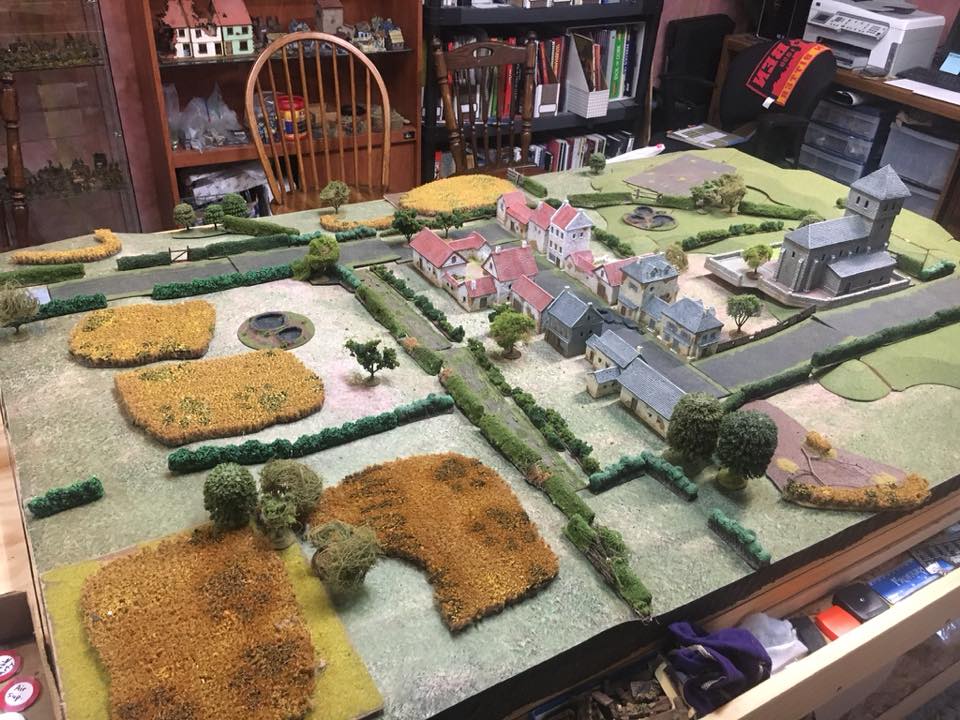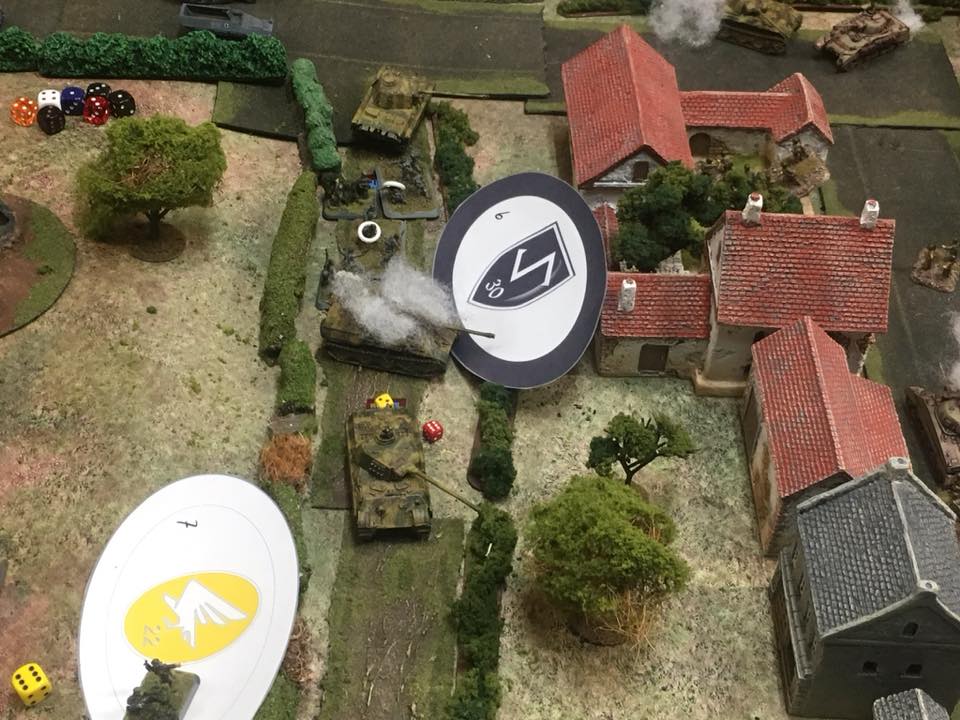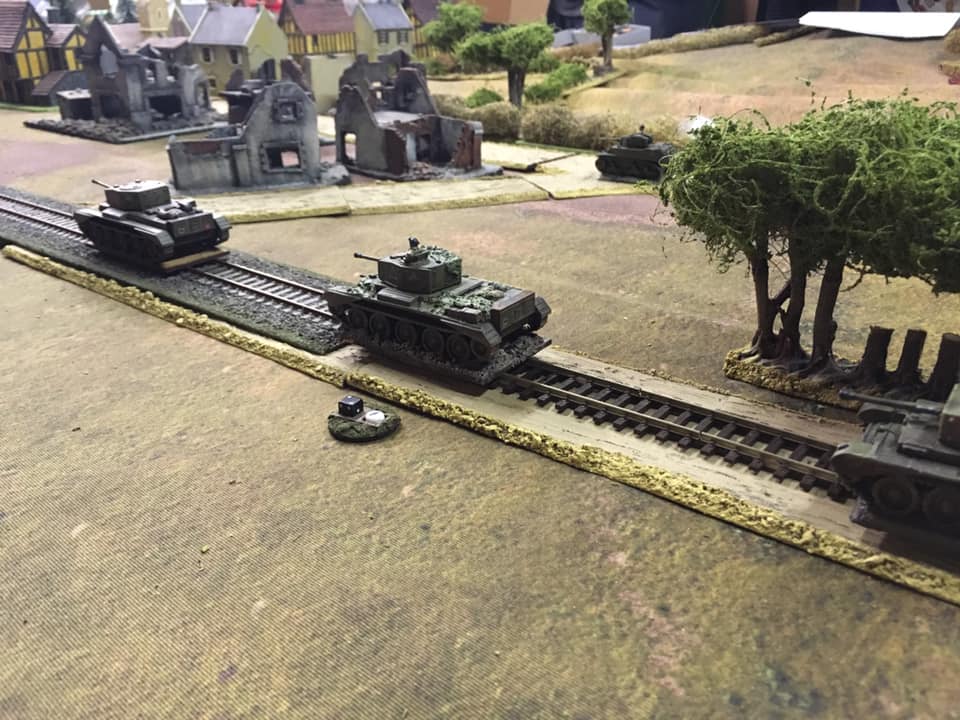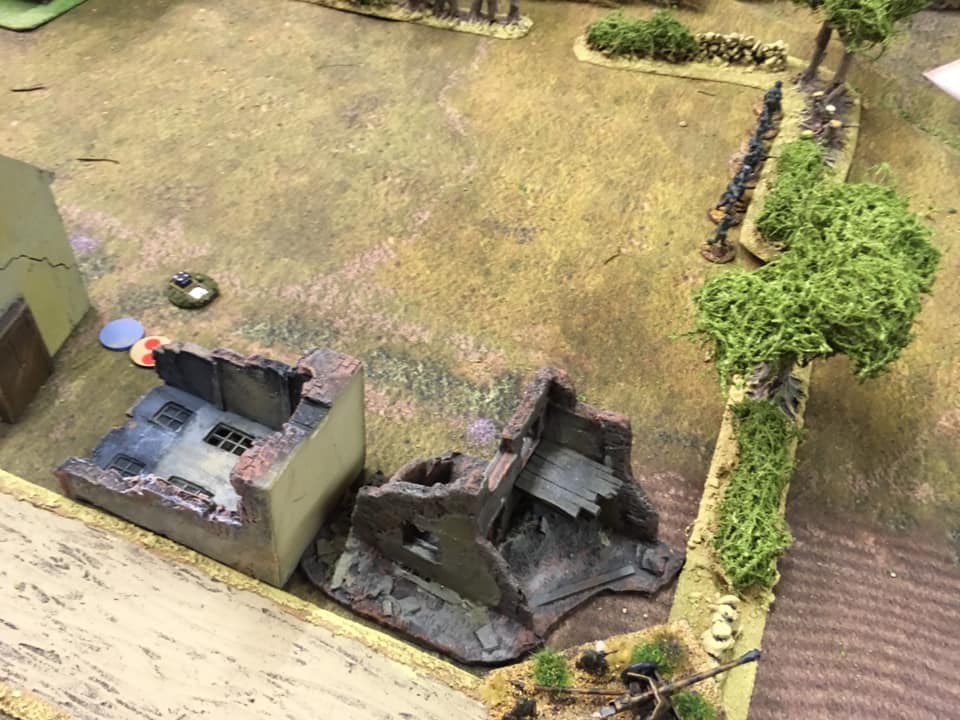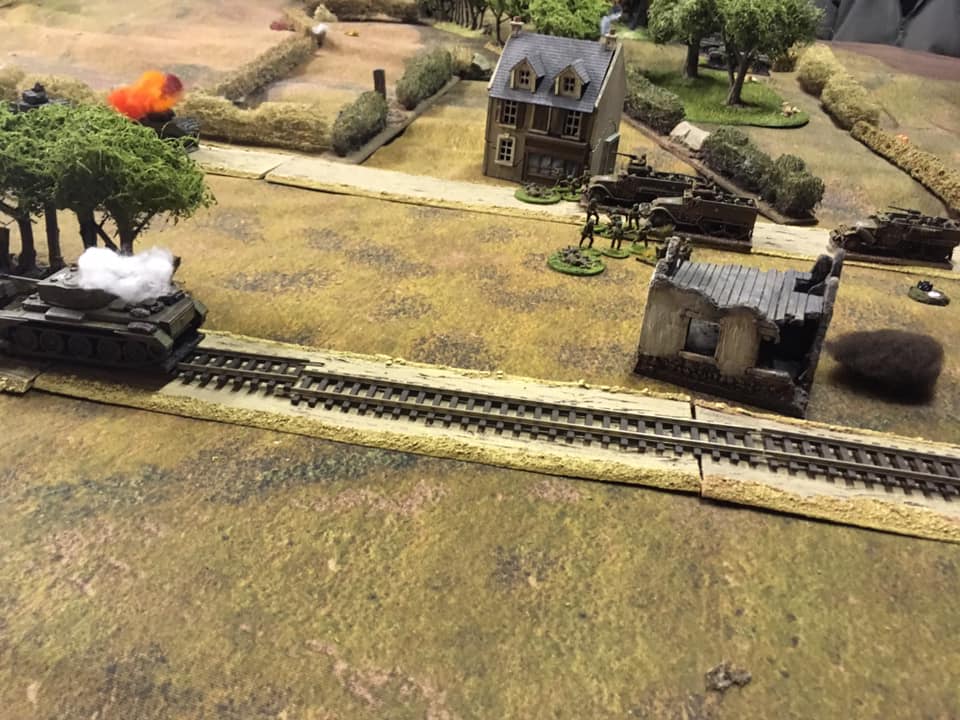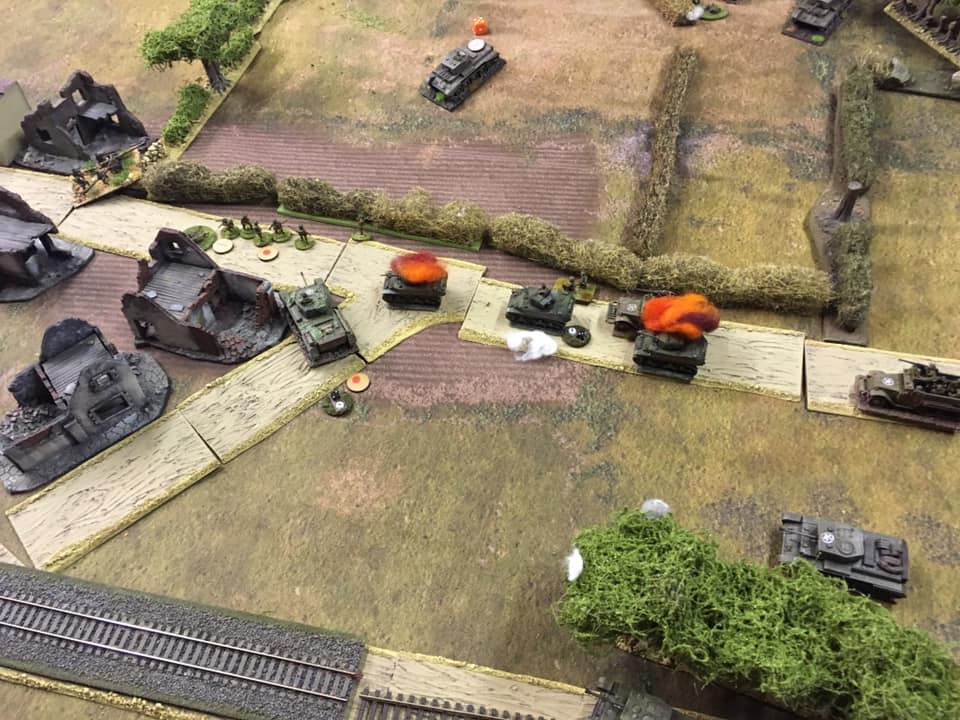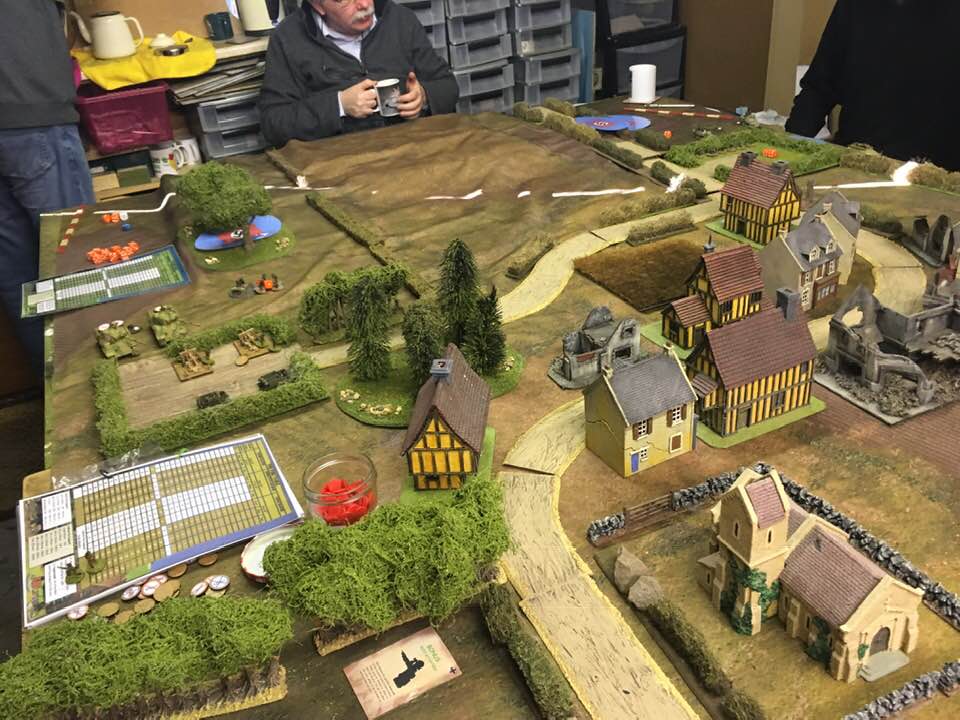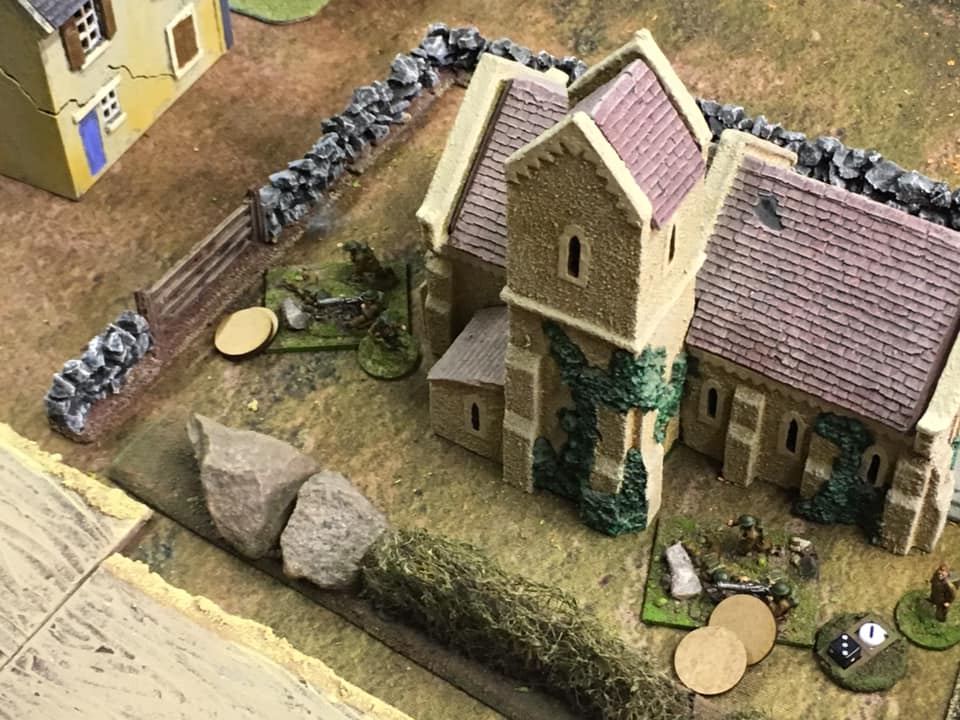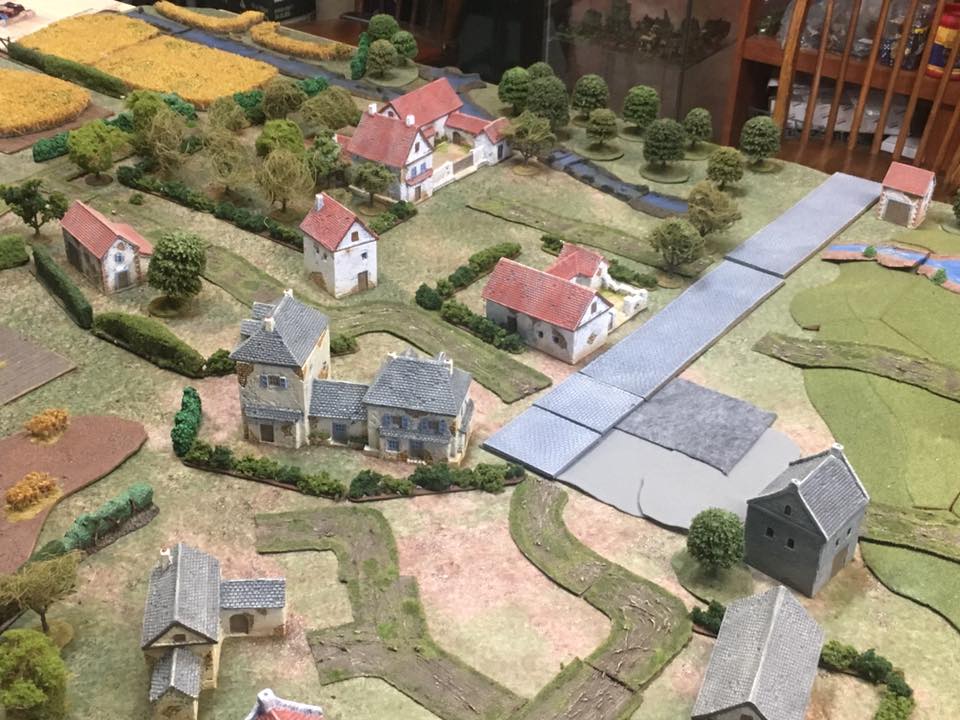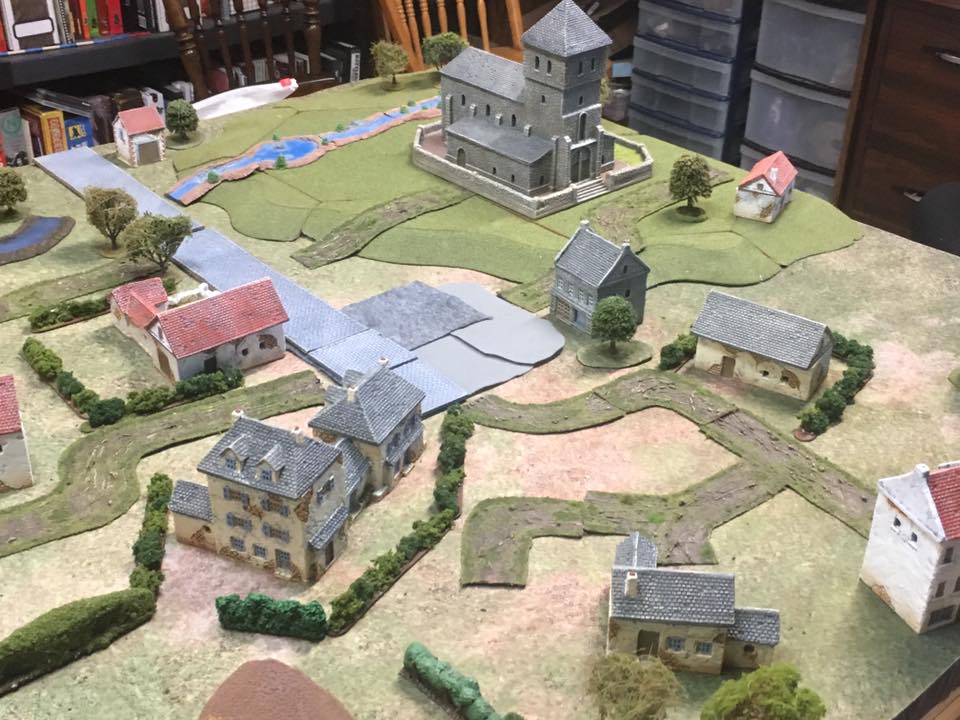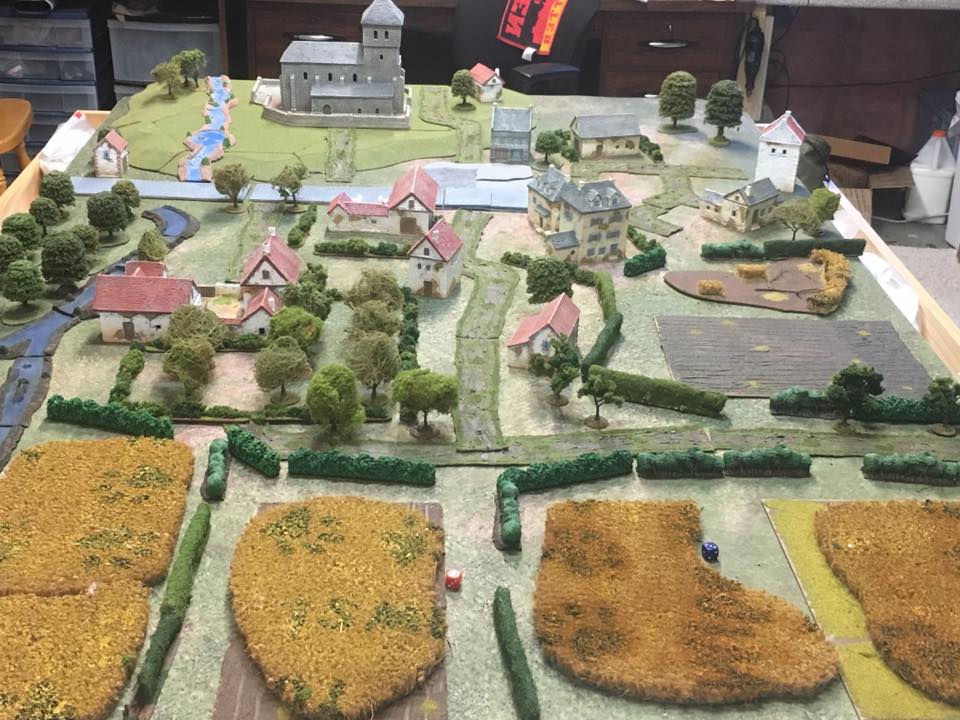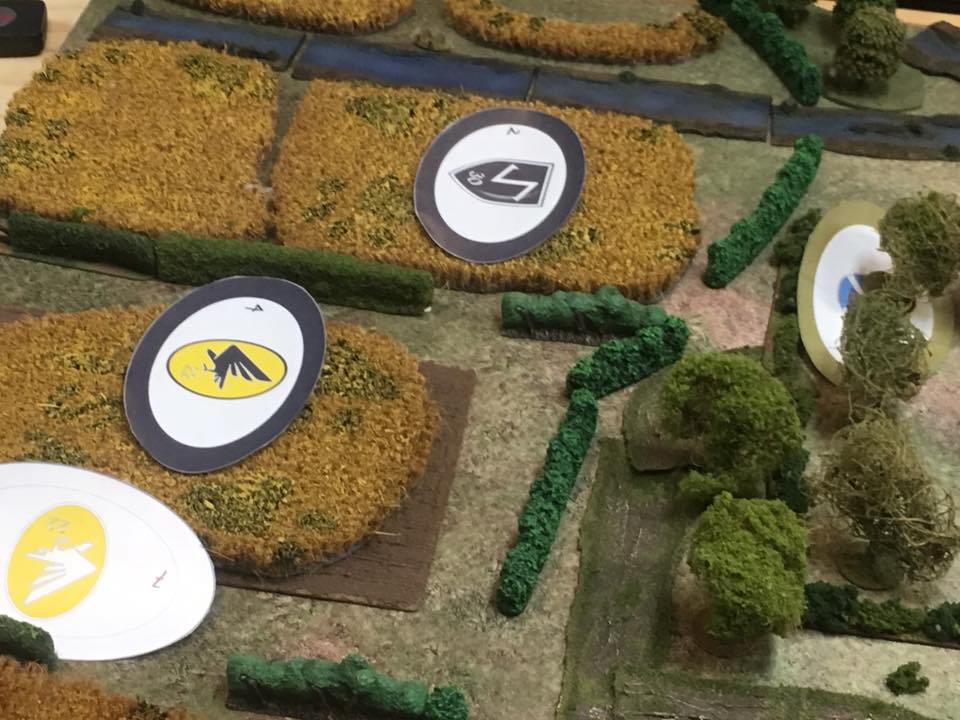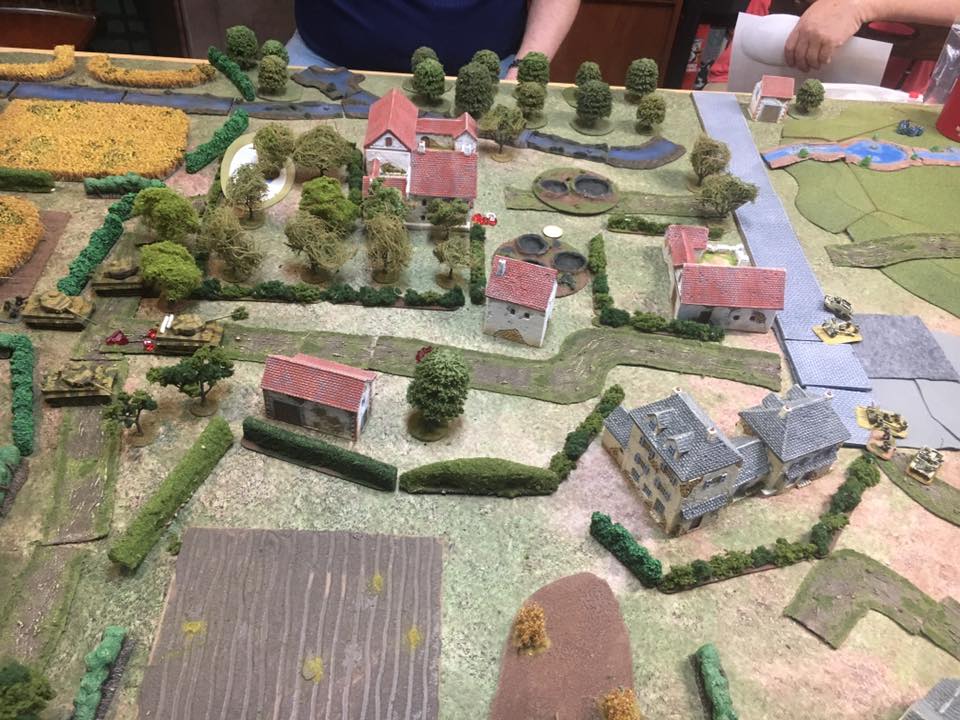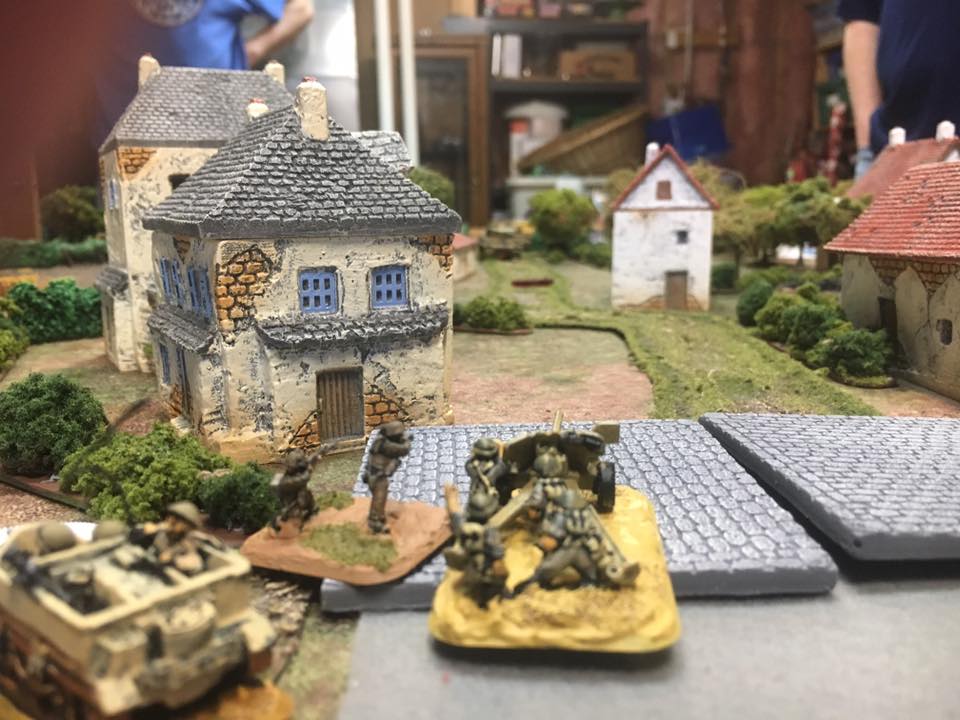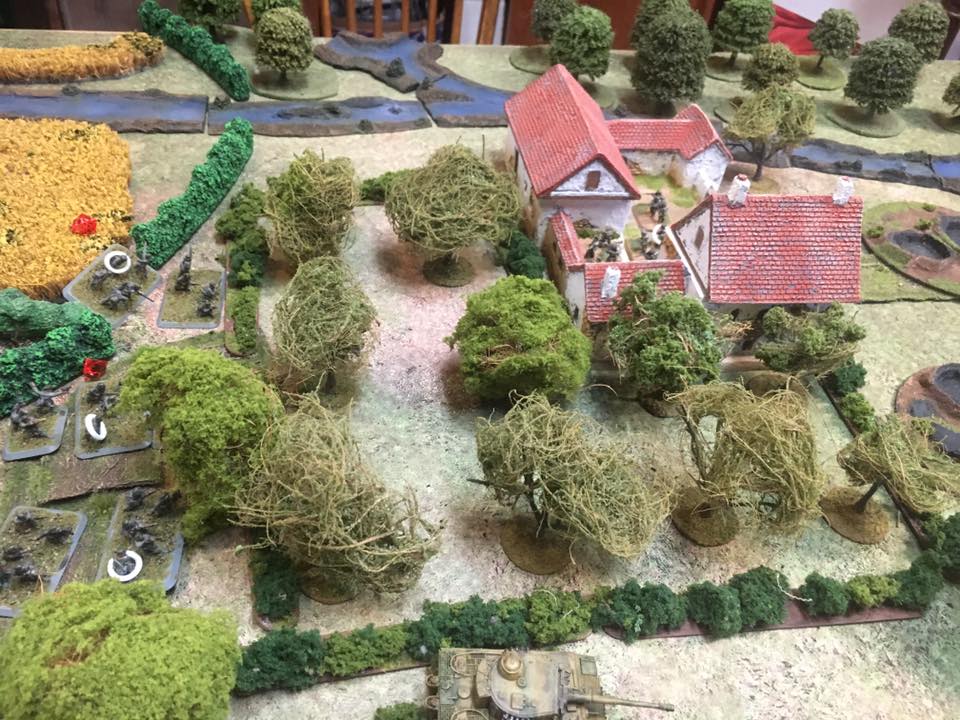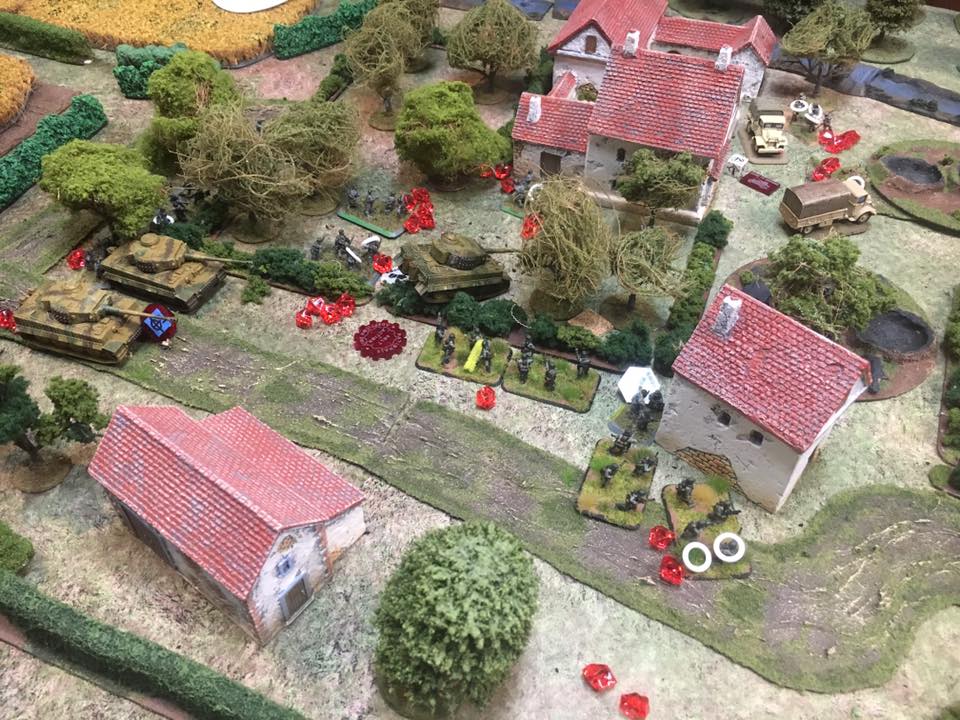Although this site is dedicated to the TFL Company Level games such as IABSM, CDS and Q13, I do like to point out what else is going on in Lardland.
That's why I'm really happy to post that the much-anticipated Early War handbook is now available for the TFL platoon-sized game: Chain of Command.
Having published the IABSM early war books earlier this year, I was also somewhat involved in the production of this work, and can therefore assure you that it is truly epic. Rich has gone back to many first hand sources and original army manuals for the information it is based on.
Here's the marketing blurb:
Advanced Order Deal: This Handbook will, be published on Monday the 17th of September and despatched on that day. The advanced order deal includes a free PDF edition which will be emailed to you on the release day.
This 124 page handbook provides a comprehensive coverage of the campaign in France and the Low Countries in 1940. Included is an historical account of the campaign in the West, as well as whole raft of new rules to cover the events of that summer. New theatre specific rules include Assault boats and river crossings, parachute drops, glider landings, bicycles, horse mounted troops and motorcycles. We have several new armour classifications for tanks with small turrets, vehicles lacking of radios and unreliable vehicles. Fancy blowing up a section of the Maginot Line? Well, you can with our new rules on fortifications and demolitions as well as looking at Francs Tireurs, ‘Shabby Nazi Tricks’ in the form of Brandenburg Commandos, Civilians, Stuka attacks and even the odd drinks cabinet being rolled out to stiffen the stiffest of upper lips.
Biggest of all is the truly massive section on Army lists. Here we wanted to provide a really comprehensive guide to the period and in doing so we went right back to the book, or more specifically the manuals that the armies of the period issued to their troops. The French Tableau d’Effectifs de Guerre, the German KsTN lists, the Dutch Handboek vor den Soldat and Officier series and many others issued throughout the 1930s and up to 1940. These manuals tell us not just how troops were organised, but how their training prepared them for war and their doctrines. This has allowed us to produce not just Army Lists but introduce national characteristics which make each nation unique in the way they fight.
Belgium
Line Infantry
Reserve infantry
Infantry scouts
Chasseur Ardennais
Frontier Cyclists
Motorised Cavalry
Motorcycle Cavalry
The Netherlands
Line Infantry
Reserve Infantry
Mounted Cavalry
Border Infantry
Bicycle troops
Motorcycle troops
Airfield Defence forces
Marines
France
First Line Infantry
Reserve Infantry
Chasseurs
Groupe Franc
Reconnaissance Motorcycle Fusiliers
Reconnaissance Cavalry
Motorised Infantry
Dragon Portes
Mounted Cavalry
Chasseur Portes
Colonial Troops
Mountain Troops
Ski Scouts
Light DIvision Infantry
Groupe Franc Motorise de Cavalerie
British
1939 Regulation Platoon
1940 Regulation Platoon
Motor Infantry
Motorcycle infantry
Line of Communication troops
Searchlight Troops
Germany
1st Wave infantry
2nd Wave infantry
3rd Wave infantry
5th Wave infantry
7th Wave Infantry
Static infantry
Pioneers
Motorised Infantry
Motorcycle Reconnaissance
Schutzen Type 1
Schutzen Type 2
SS Totenkopf
SS Verfungs and Leibstandarte
SS Motorcycle platoon
SS Aufklarungs motorcycle platoon
Fallschirmjager Type 1
Fallschirmjager Type 2
Luftlande Glider platoon
Gebirgsjager
Italy
Infantry
Blackshirt troops
Alpini
Alongside these lists we have nearly fifty support option lists giving support choices for a huge number of unit types, so if you have a motorcycle reconnaissance platoon you can select support from the different divisions which fielded that unit type. All in all, the gamer can choose an incredible range of interesting and varied troops types and then choose supports from friendly forces and allies for forces of almost limitless variety. But that’s not all. Each nation has a full Arsenal list for weapons and AFVs as well as comprehensive notes to cover their support options.
Finally, we have five new scenarios types, Going with a Bang, Strike from Above, Swift to Support, Hasty Defence and Blitzkrieg to bring the 1940 campaigns to life. All in all, a huge addition to your Chain of Command library in both hard copy and PDF.





